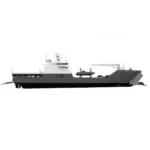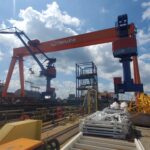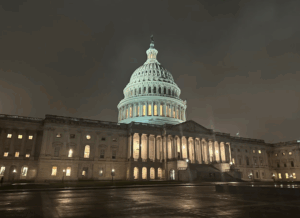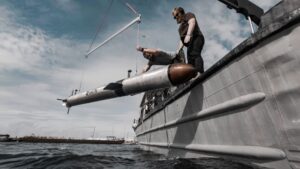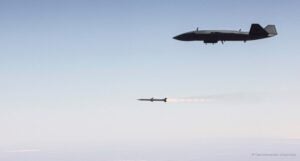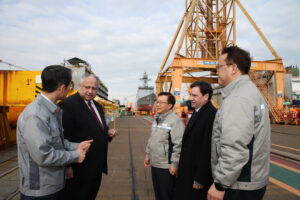
The House Armed Services markup of the fiscal year 2025 defense authorization bill approved a measure limiting international maintenance of Navy ships at 21 days. This provision, included in the committee chairman’s fourth en bloc amendment package, specifically says preventive maintenance of a deployed naval vessel performed outside the U.S. or Guam is limited to 21 days. During a May 3 House Armed Services Committee hearing, Secretary of the Navy Carlos Del Toro explained the Navy’s FY ‘25 budget request…

 By
By 